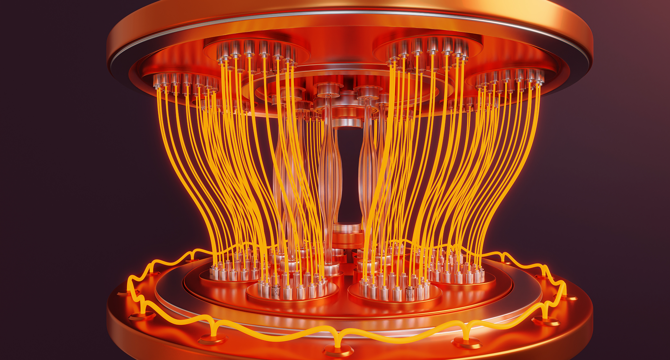Livescience
1M
305

Image Credit: Livescience
Quantum computing: What is quantum error correction (QEC) and why is it so important?
- Quantum computing aims to surpass classical computing but faces high error rates, prompting the need for quantum error correction (QEC) methods.
- Implementing QEC involves adding redundancies to quantum information to prevent errors from disrupting computations.
- Quantum error rates are significantly higher compared to classical computing, emphasizing the importance of QEC for reliable quantum operations.
- Google's Willow quantum processor demonstrated the scalability of QEC, showing successful error correction in large quantum systems.
- Quantum computers leverage entanglement and superposition for processing power, but these states are fragile and prone to errors.
- Logical qubits spread quantum information across physical qubits, enabling redundancy and error detection/correction processes.
- QEC techniques like surface codes and LDPC codes help manage errors in quantum systems, but the challenge lies in reducing individual qubit error rates.
- Error correction methods in quantum computing are more complex than in classical systems due to the inherent fragility of quantum states.
- Lowering individual qubit error rates is crucial for effective error correction in quantum systems, enabling exponential improvements in error suppression with more qubits.
- Successful QEC implementation can lead to significant advancements in quantum computing by mitigating errors and enabling practical applications.
Read Full Article
18 Likes
For uninterrupted reading, download the app